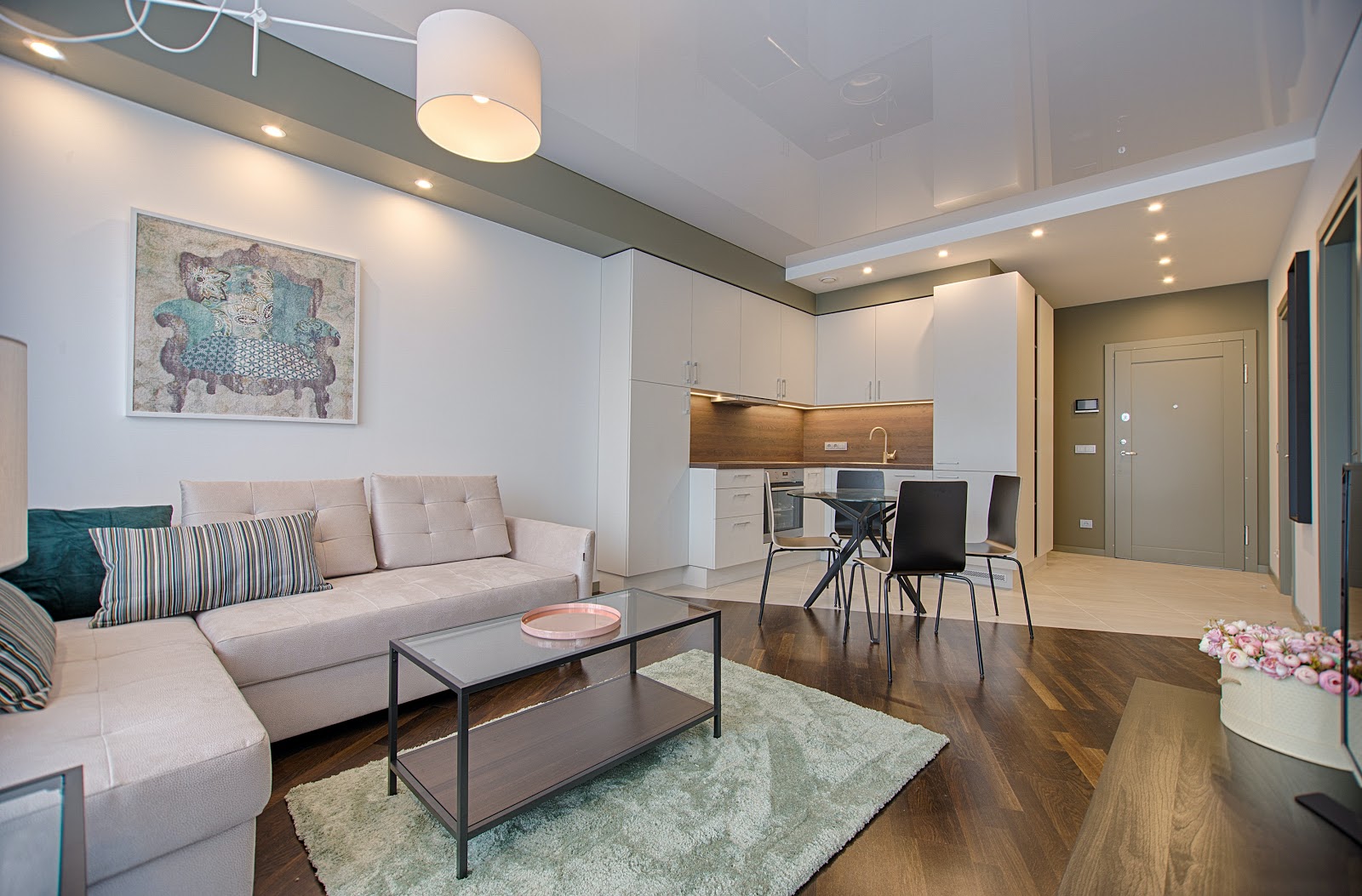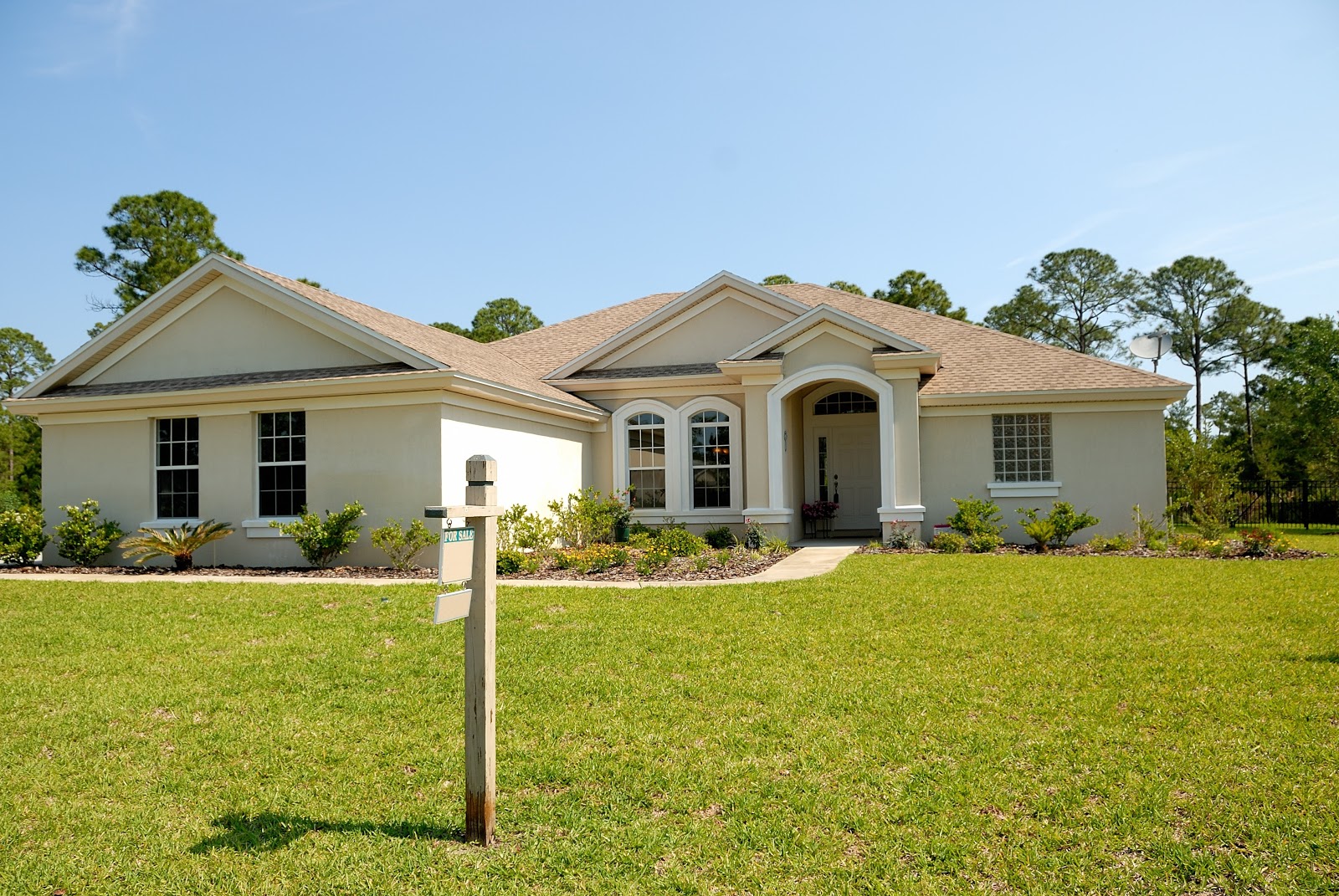There is a housing crisis in Denver. It isn't that there aren't enough homes - new apartment buildings are going up all the time. But affordable rents for low and middle-income families are sky-rocketing, leaving people priced out of the market. The number of new homes being made available should be driving down the price of rents, but that isn't happening.

Experts say that the solution can't be more bricks and mortar homes, but more innovative thinking is needed to solve this problem.
The problem
Between 2015 and 2018, Denver's median income increased by 8%, but rents increased by 13% and house prices by 17%. Income being out-paced by rents is a troublesome situation that has gotten worse.
Spending too much on housing
Before the Great Recession, there was a surplus of homes. But more people have come to live in the area than dwellings were being built. This drove up rents and house prices initially, forcing families to spend far more on housing costs than they could really afford. The federal Department of Housing and Urban Development have concerns that families who spend more than 30% of their incomes on housing won't have enough left over for other expenses or emergencies. More than 96,000 households in Denver, earning less than $93,000 per year, are spending more than a third of this on housing.
Shortage of affordable homes
It should be noted that even when there were enough homes, the poorest of the city were left out. There has always been a shortage of affordable homes for those with the lowest incomes. The government is taking measures to assist these households, though there has been criticism that this has only helped people who are in a position to buy homes.
Federal help not enough
The federal program to help low-income renters has not been as effective as hoped. Shortfalls in federal spending have left as many as three out of four eligible households without assistance. People are on wait-lists with the pandemic worsening the crisis.
A counter-intuitive idea
Building affordable housing isn't keeping up with demand. The construction of many affordable homes isn't as cost-effective as building a few luxury apartments, and building the many represents more risk for developers. So we see less affordable homes being built. But this could be a good thing.
According to one study at the W.E. Upjohn Institute for Employment and Federal Reserve Bank of Philadelphia, the solution to the problem is to build more high-rent units. This sounds counter-intuitive, but the rationale is that high-earners will just pay more money for the available homes if there aren't enough high-rent homes available. This will leave low-earners out in the cold, raising rents for everyone.
Related: 5 Reasons to Choose a Modular Home
The missing middle
The problem of availability extends to middle-class earners as well. This group falls between the gap of high-earners and the help offered to low-income earners. The solution has been to build townhouses that save on land costs by being built closely together. Other construction costs were kept low by simpler plans and less square footage. Consumers are willing to trade special features to save money.
The solution
Construction costs for traditional homes are too high to be considered the only solution. Modular homes may be a viable answer. What's the difference between a modular home and a traditional, stick-built home?

Related: 10 Most Important Things You Should Know About Modular Homes
Stick-built homes
This is the term for traditionally built homes, having to do with how they were constructed and the materials used.
Modular homes
These are fabricated homes, first developed in the early 20th century. Modular homes were popularized after World War II, as returning troops needed affordable homes for their families. The process of constructing modular homes is to build three-dimensional sections of the house in a factory. The sections are then transported to where the home is to be located and assembled. The home has a permanent foundation. Homeowners may choose specific modules for their homes, like special layouts.
Up to standards
It's interesting to note that modular homes are held to the same local building codes as stick-built homes - except it's done off-site. The sections arrive on the final site with plumbing, wiring, insulation, doors, windows, and flooring in place. Aside from connecting the huge sections, contractors have little to do.

Advantages of modular homes
-
Modular homes are built faster than stick-built homes because of their assembly line factory construction and quick assembly.
-
Modular homes cost less than stick-built homes because they are made in bulk.
-
May be constructed with specific layouts.
Of course, a home is an investment, no matter how it is constructed. And there is a perceived value associated with a modular home that is usually less than a stick-built home.
The process
Companies that build starter style homes explain that purchasing a modular home begins by choosing from hundreds of floorplans. These may be further customized to make your home your own, with options including stone fireplaces, tile showers, hardwood cabinets, and much more.
Then you find or purchase buildable land if you don't already have some. Your land will be graded, dug, and the foundation poured. The foundation will fit the exact size of your chosen floorplan and give support and insulation. They caution that you should ensure that the land is zoned for residential use.
Your home has been ordered and is being constructed in the factory. When it's completed and delivered, a crane will lift each part and set them together on your new foundation. With only 4 - 5 contractors, your home will be assembled, and your utilities connected. Then you move in and enjoy your new home!
Yes, this is an over-simplification of the process. There are permits, paperwork, and finding contractors, but the company you choose should do much of that for you. Purchasing a modular home is a far speedier, easier, and less expensive process than that of traditional houses.
Related: Construction Loans for Your Modular Home
Final thoughts
The housing crisis in Denver is formidable, but we aren't without solutions. Modular homes offer the ability to design your home and have it constructed for you significantly faster and less costly than a stick-build home. Modular homes may be purchased and subsequently rented to lower and middle-income households, helping to supply the city's increasing demand.





